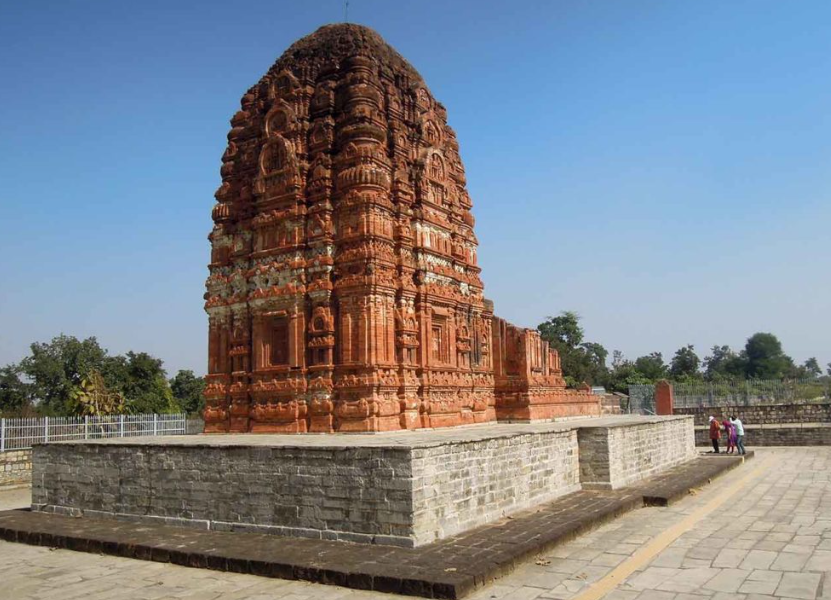Chhattisgarh
Sirpur Heritage Sites
- 17 Nov 2025
- 3 min read
Why in News?
A joint inspection by the Archaeological Survey of India (ASI) and the Sirpur Special Area Development Authority (SADA) has advanced Chhattisgarh’s Sirpur heritage complexes toward formal nomination for UNESCO World Heritage status.
Key Points
- Sirpur, located in Mahasamund district of Chhattisgarh, lies on the banks of the Mahanadi River, approximately 78 km from Raipur.
- It is home to the celebrated Lakshman Temple, considered one of India’s earliest surviving brick temples, dating to around the 6th century CE.
- Historically, Sirpur served as a major centre of South Kosala, known for its Hindu-Buddhist-Jain syncretic cultural traditions.
- The site features an extensive collection of monasteries (viharas), temples, assembly halls, and residential complexes, reflecting nearly 700 years of architectural evolution.
- The complex is protected by the Archaeological Survey of India (ASI), and the state government is actively advancing its UNESCO World Heritage nomination.
- Excavations have revealed significant Buddhist remains, including the Anand Prabhu Kuti Vihara, visited by Chinese traveller Xuanzang in the 7th century CE.
- Sirpur is also associated with the Pandu dynasty, whose rulers patronised art, architecture, and religious scholarship, making it a flourishing urban centre of its time.
Archaeological Survey of India (ASI)
- ASI, under the Ministry of Culture, is the premier organization for the archaeological research and protection of the cultural heritage of the nation.
- It administers more than 3650 ancient monuments, archaeological sites and remains of national importance.
- Its activities include carrying out surveys of antiquarian remains, exploration and excavation of archaeological sites, conservation and maintenance of protected monuments etc.
- It was founded in 1861 by Alexander Cunningham- the first Director-General of ASI. Alexander Cunningham is also known as the “Father of Indian Archaeology”.
- It oversees all archaeological undertakings within the nation by the Ancient Monuments and Archaeological Sites and Remains Act, of 1958.







